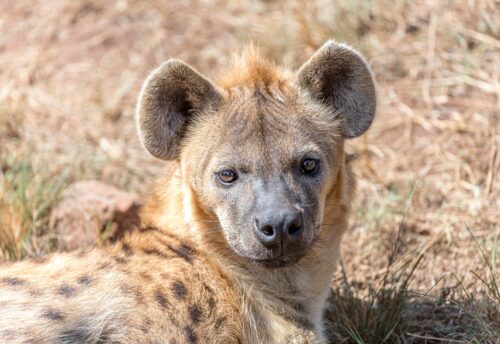Mabamba Bay wetland: A marshy paradise for bird species
A serene place to unwind from, Mabamba Bay on Lake Victoria offers you a beautiful view of different bird species.
On the shores of Lake Victoria, is the Mabamba Bay wetland covering about 17,000 hectares of an expanse of miscanthus—a type of grass native to tropical and subtropical region—but more commonly known as papyrus. The open water in form of a canal is used to trail birds and access Busi island that is home to over 40,000 people.
The swamp has a high population of bird species, which include the endangered shoebill. There are also large congregations of migrant birds such as blue swallow and papyrus endemic birds-papyrus gonolek, yellow warbler, jacana, kingfisher, lap wines, herons and eaglets. This is an attraction for the about 200 to 300 visitors who come here every month.
Upon arrival at the site, you are mostly likely to encounter boat operators who will try to attract you to their boats with offers depending on whether you are a passenger crossing to Busi or a tourist coming to watch birds. Crossing to Busi costs Shs2, 000 per person while bird watching is Shs50, 000.
The wetland is designated as a Ramsar site and an important birding area. Ramsar sites are wetlands of international importance designated under the Ramsar Convention. Mabamba Bay is believed to be a major breeding site for the endangered shoebill that is loved by many bird watchers.
The shoe bill
The shoe bill is a large stork-like bird that gets its name from its unique shoe-shaped bill. It is known for its interesting character, especially when in captivity or prostrating before tourists.
Lawrence Simbwa operates a boat at Mabamba Bay. He says the bay was intact until fishermen created paths to go fishing.
“As they went fishing, people realized it was easier to cross to Busi and created a permanent canal leading to the island,” he says.
With this, it was realized that there was tourism potential with the opening of ways through the swamp and develop it into an important birding site. This led to Mabamba bay being promoted as such. Irene Namubiru, a guide and an office attendant at the Mabamba Wetland Eco-Tourism Association, says the association was formed to tap into this tourism potential.
“We now handle visitors, guide and aid them to track birds and protect the wetland against encroachers,” she says. She adds that the challenge is people who fear using the boats to trail and watch the birds. Thus, a need arose to develop how to cater for such visitors over the main land. “We recently got a minibus to carry about 30 visitors but only three managed to go birding in the wetland as others stayed at the bay looking on,” she added.
She thinks people can help them develop the nearby Banga cultural tourism site that is a huge rock with shelter inside to cater for tourists fearing the lake. Other than the association, community members have also formed Mabamba Bird Guides and Conservation Association, a site support group to promote conservation through community involvement.
The group is involved in a wide range of conservation activities, including tourism, education, awareness and habitat protection. It is voluntarily run by its members and is registered with the Mpigi District Local Government.
There are also projects by civil society organizations like Nature Uganda to strategically target the conservation of the globally threatened species, especially the Shoe bill, which will eventually benefit all species within this habitat.
The project helps protect the birds’ breeding site and mitigate major threats such as shoebill trafficking. However, the local communities are the drivers of the initiatives, enhancing their livelihood through promotion of eco-tourism. Ugandans who take holidays abroad are leaving behind a better deal in their own motherland.


